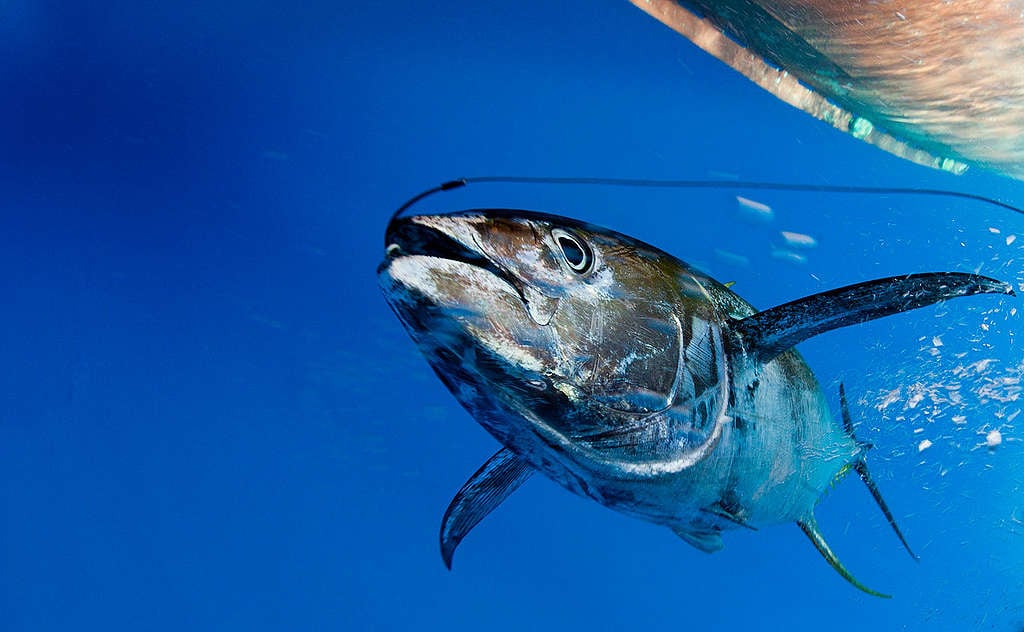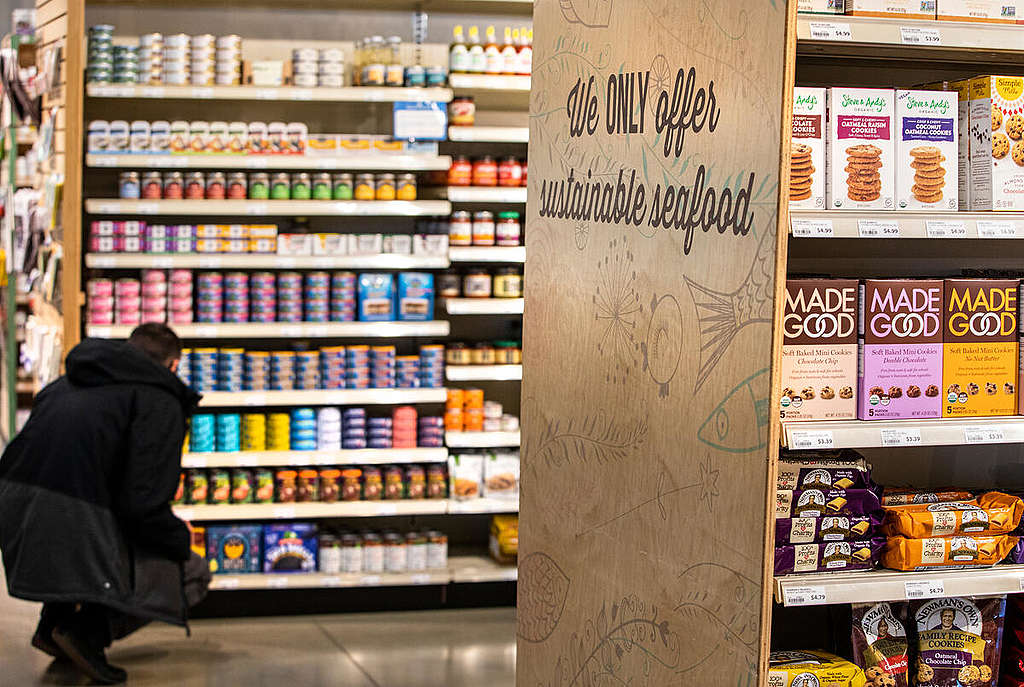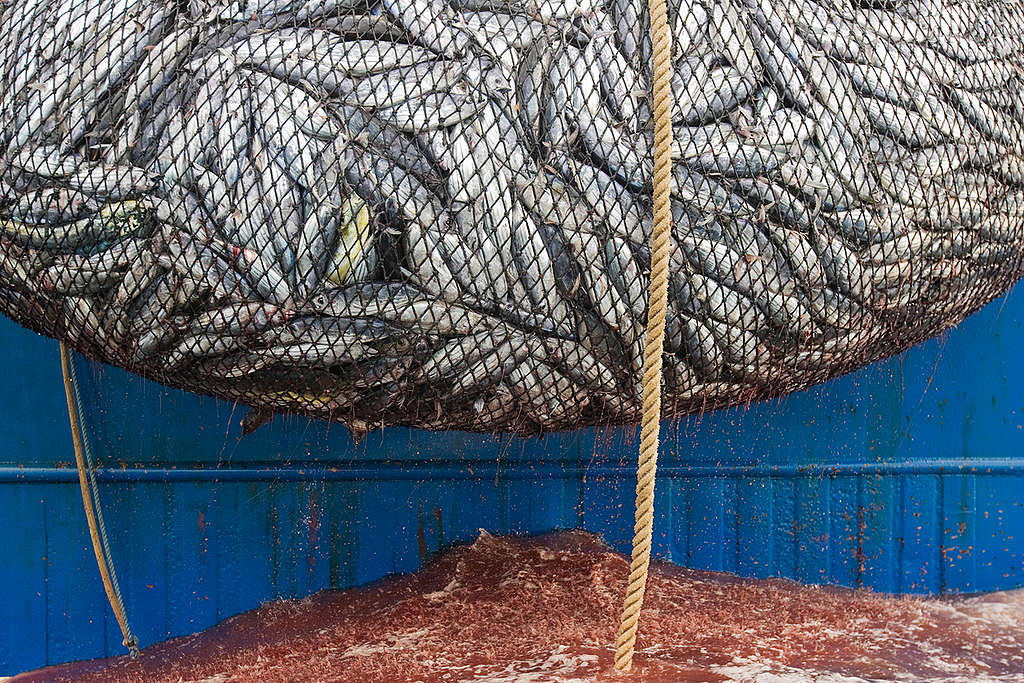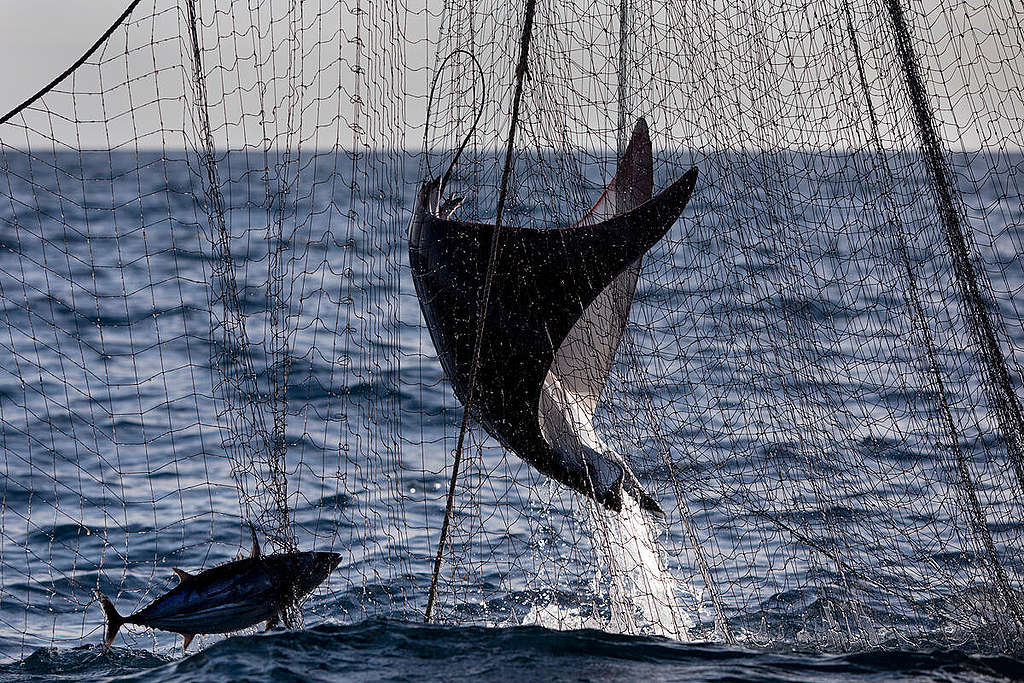
Tuna sandwiches, tuna tartare, tuna poke, tuna salad-the ways to enjoy this fish seem endless. Within the last decade, more people have been consuming this versatile, nutritious, and "affordable" fish. Recently, its popularity has soared, boosted by the pandemic, economic uncertainty, and its perceived sustainability. It even has its own TikTok aficionados and a trendy hashtag, #TinnedFishDateNight.
While an appetite for tuna may seem endless, what isn't endless are the numbers. Many tuna stocks have dramatically decreased over the last few decades as consumption has trended upward. In some countries, a consumer can walk into any grocery store and find hundreds, if not thousands, of cans and pouches of tuna on the shelves. Some even carry the little blue tick meant to reassure us that the product we are about to purchase is sustainably sourced.
But as the demand is expected to grow even more within the next few years, we ask, how sustainable is tuna? Can tuna populations survive at this rate of consumption? And what is the human cost of cheap tuna? The answers may leave a bad taste in your mouth.

Problem 1: Growing Demand and Dwindling Stocks
The value of the global tuna industry is expected to reach $49 billion by 2029, with the U.S. accounting for the largest tuna market globally.
There are fifteen species of tuna, and these highly migratory animals can be found in oceans around the world. In the wild, tuna can take up to five years to reach breeding maturity, and while a female can lay up to 10 million eggs per year, only two in every 30 million will reach adulthood.
With all this growth in the industry led by a seemingly insatiable appetite for tuna, numerous reports and studies have raised concerns about global tuna populations. The latest estimates by the "FAO's Status of World Fisheries and Aquaculture Report" show that as of 2019, about a third of the principal commercial stocks of tuna were being fished at biologically unsustainable levels. This report also noted that tuna fishing fleets "continue to have significant overcapacity." In 2020, the International Commission for the Conservation of Atlantic Tunas (ICCAT) reported that the stock of Atlantic bluefin tuna had plummeted to 13% of its levels from 70 years prior.

Problem 2: Bycatch
Bycatch-fish or other marine species that are caught unintentionally while fishing for specific species or sizes during commercial fishing operations-is another pressure point on tuna and other marine life populations. Most bycatch, including other species of fish, sea turtles, sharks, rays, dolphins, and even seabirds, is not wanted, cannot be sold or kept, and the carcasses are often disposed of at sea, turned into fishmeal for fish farms, or turned into pet food.
Longlining is one of the most commonly used methods for fishing tuna. It has an astounding 20% bycatch rate. On the other hand, purse seining is often used to catch Skipjack, the smallest of the tuna species. Skipjack tuna often shoal together with young bigeye or yellowfin tuna. Consequently, the purse-seining method used to collect skipjack also results in the capture of these other species, contributing to population decline as the young fish are removed from the ecosystem before they can breed. Fish Aggregation Devices (FADs), often used in tandem with purse-seining, exacerbate the problem by further increasing the amount of bycatch.
With such a high rate of bycatch from just these two species, the economic and ecological consequences of these detrimental activities are easy to extrapolate. Bycatch stymies efforts to recover overfished stocks, endangers protected species like whales and sea turtles, and harms key fish habitats by removing coral. Bycatch can potentially alter the availability of prey, affecting marine ecosystems and fisheries production. Bycatch can also have significant economic and social consequences for fishers and their communities, such as the premature closure of a fishery due to the high bycatch of a non-target species.

Problem 3: The Human Cost
As if all of the environmental impacts weren't devastating enough, the distant-water fishing industry also has a long history of exploiting not just our oceans but also people. They serve to reinforce each other as the diminishing fish stocks mean vessels must travel further out to sea for increasingly longer periods, where the isolated fishers are more likely to experience human rights abuses. Transshipment, wherein a refrigerated vessel meets the fishing vessel at sea, collects the fishing vessel's cargo (catch), and returns it to port, extending the voyages at sea for months, worsening the isolation and ripening the conditions for abuse.
Forced labor, a type of modern slavery, is prevalent on distant-water fishing vessels. Greenpeace East Asia and Greenpeace Southeast Asia investigations have examined the cases of dozens of fishers from 40 different vessels. Some of their most disturbing findings include fishers working an average of 20 hours a day and receiving insufficient nutrition or inedible food, such as expired and/or moldy food and rusty-colored drinking water.
In the Choppy Waters report, published in 2020, one fisher, who worked on board Taiwanese "longliner A" reported:
"We only got to sleep for five hours if and when we caught some fish. If we didn't catch anything, we'd just have to keep working, even for 34 hours straight. If it were possible, I'd like to change how much time we have to work and rest, to meet the needs of human bodies. There's got to be a way to make it more balanced, just like how people who work on land do it."
With vessels far out at sea, most fishers do not have access to the internet or phone service for months at a time. Fishers in these situations cannot verify if their salary has been sent to their family, and a recent Greenpeace East Asia report found that over two-thirds of fishers interviewed had had their wages withheld. Additionally, it's common practice for captains to confiscate passports or other identity documents, which limits their freedom of movement.
Given the prevalence of suspected forced labor in the tuna supply chain, there's a chance that the person who caught that tuna on the shelf in your neighborhood grocery store is a victim of forced labor.
In fact, in 2022, Greenpeace USA staff picked up a can of Bumble Bee tuna at a grocery store, Harris Teeter in Arlington, Virginia, only to find it contained fish sourced from the Da Wang – a fishing vessel confirmed by US Customs & Border Protection to have employed forced labor. One worker onboard this vessel even died after an accident where he was reportedly hit on the back of the head.
So what can you do?
Like other foods we consume, what you see packed in a can, in the frozen food aisle, or at your local fresh seafood market hides a story. How it got there, who caught it, and where it was caught is often overlooked. Getting an entire industry to change its practices is not easy, but by arming yourself with the knowledge of what to look for in sustainable seafood, you can be an ocean-friendly consumer.
To go that step further, ask representatives in your government what they're doing to ensure sustainable fisheries management. With enough pressure, we can all help protect the "little fish in the big pond" - from the workers to the marine life and local fishing communities - to ensure an ethical, sustainable seafood industry and a thriving ocean.
Marilu Cristina Flores is the Senior Oceans Campaigner at Greenpeace US






